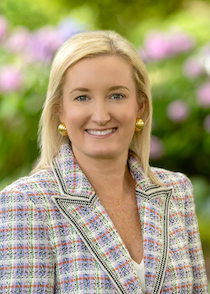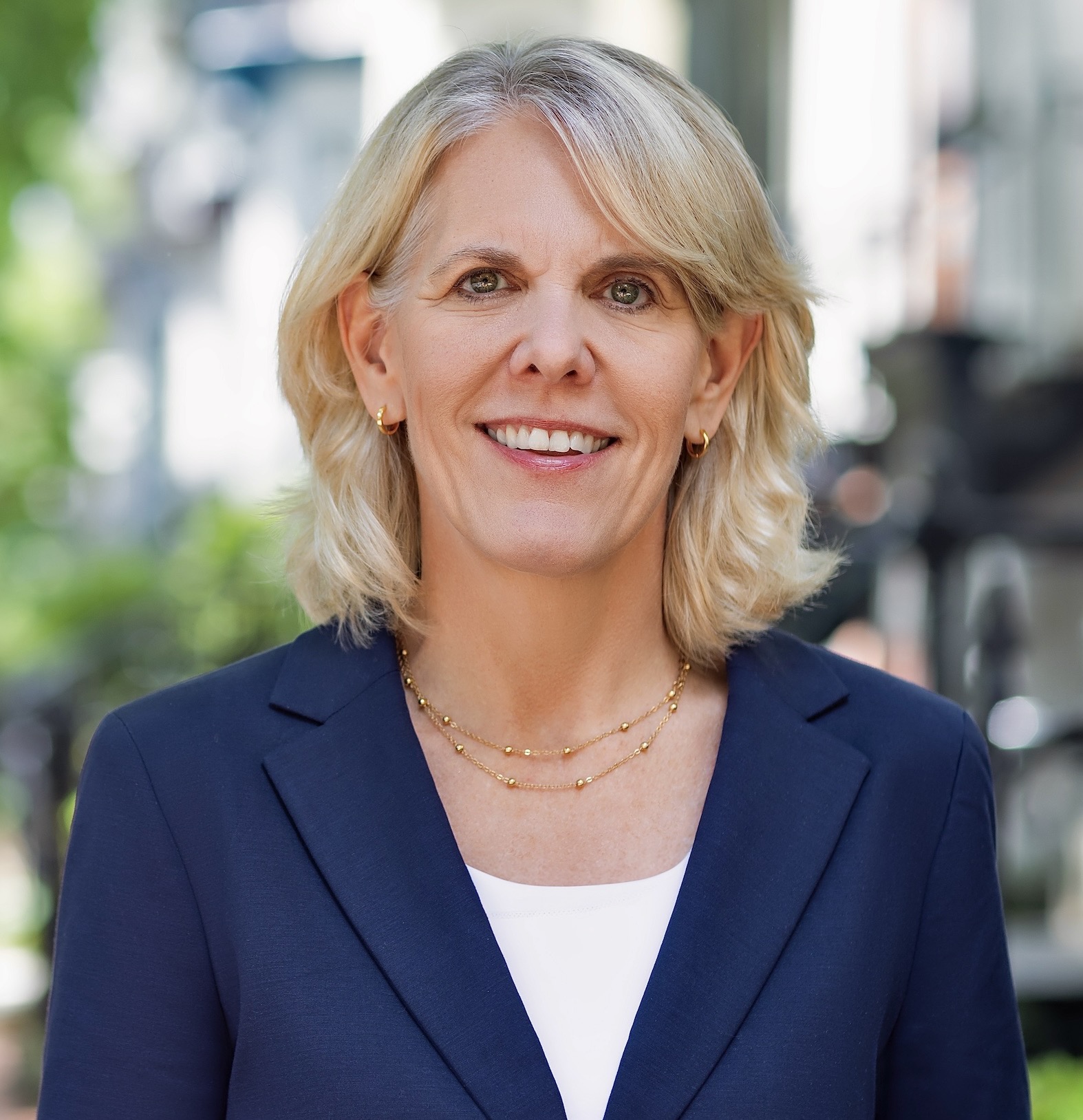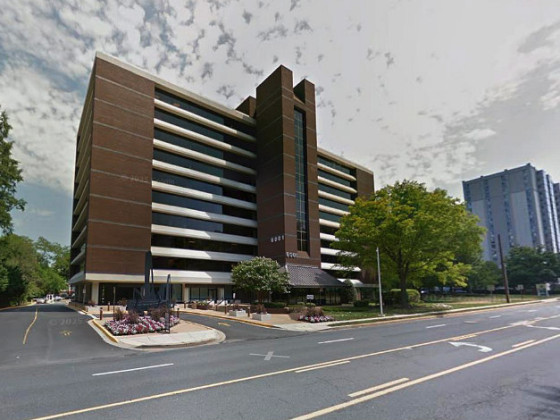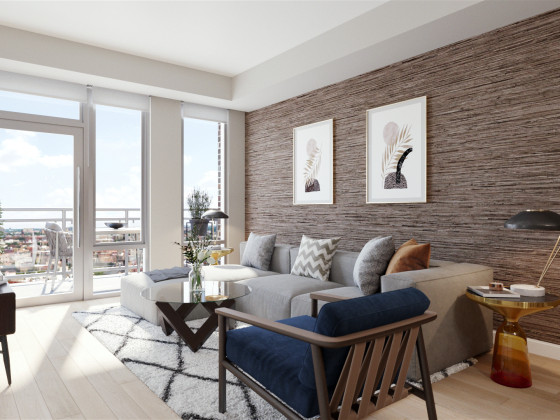 One on One: Developing Anacostia Through the Arts
One on One: Developing Anacostia Through the Arts
✉️ Want to forward this article? Click here.
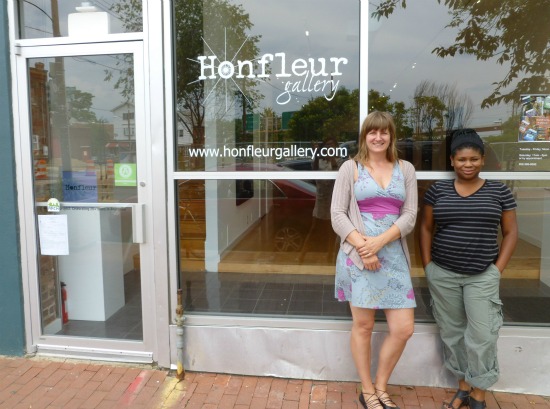
Beth Ferraro, left, and Nikki Peele, right.
In this edition of One on One, we sat down with Nikki Peele and Beth Ferraro of ARCH Development, a non-profit organization that is using arts and culture to drive development in Historic Anacostia.
Peele is the Director of Economic Development & Marketing of the organization and Beth Ferraro is the creative director, curating shows for Honfleur Gallery and The Gallery at Vivid Solutions.
In addition to Honfleur and Vivid Solutions, ARCH supports shared workspace The Hive and the campaign Eat Shop Live Anacostia, among other programs. ARCH is also responsible for LUMEN8 Anacostia, a festival of temporary “pop-up” art spaces that will conclude this weekend.
UrbanTurf chatted with Peele and Ferraro about revitalizing Anacostia through the arts, LUMEN8, and the future of the neighborhood.
How does revitalization through the arts work?
Nikki Peele: I think for a community like Anacostia, which may be low on services and retail options, using art as a way to bridge the gap and connect people is very smart. What we saw with LUMEN8 was that we were able to market it across the whole city and beyond. I don’t know how else we could have gotten such a large scale of people and such a diverse group to this community. We don’t have a lot of restaurants, we don’t have a movie theater, we don’t have an amphitheater. What we were able to do is take our strength, vacant spaces of 80,000 square feet [and fill it with artists and craftsmen]. Where else in the District do you have 80,000 square feet on a main corridor?
Beth Ferraro: As another example, Honfleur Gallery has an annual “East of the River” exhibit that is open to artists who live, work, or have roots in Wards 7 or 8. This year, the exhibit opens on July 13th with 16 artists.
NP: Those shows do a couple really good things. For east-of-the-river artists who normally wouldn’t have a place to show, it introduces them to these galleries. Also, it’s very encouraging for young artists in the community to see work from people they know. A gallery can be intimidating, especially in places like this where you may have segments of the community who don’t have the opportunity to go to other galleries. The fact that they can go to one in their hometown says something.
How do you negotiate your relationship with longstanding residents?
NP: Anacostia is a village: you see people a lot, they recognize your face and you talk to them. I go to community meetings, Beth is out riding her bike, walking to and fro, we go to Mama’s Kitchen for lunch. In communities like this, you have to touch the people.
BF: Also, the majority of our stuff is free. We have inviting signage, a sandwich board saying “free”, and when we see people standing outside, we always try to wave them in.
For people who are intimidated about coming to Anacostia, how do they start getting involved?
BF: I think they should just come to an event. Maybe the Frederick Douglass house is a safe place to start. It’s beautiful and has one of the best views in the city. They can go to the pizza shop, walk around.
NP: I also write a blog, and for me, I know how I ended up here: David Garber was writing a blog (And Now, Anacostia) and I saw his pictures. Many of the people moving to the community, the first-time home buyers, are college educated, the Twitter generation. We can quickly distribute information about the community.
Probably many in the city don’t even know where it’s located. Until recently, the media did a s***y job explaining what the community is. This is a community of working people. There are poor people, but poor doesn’t not mean they are not good people. When I said I was moving to Ward 8, my friends said ‘I thought you were doing well!’ But then they come over and have burgers, go to an art gallery, and say ‘Oh, this is nice!’
Development in Anacostia has faced some hurdles. What are the big obstacles that you see?
NP: Anacostia, commercially speaking, doesn’t have enough space in terms of turnkey-ready spaces available to use. At The Hive, we turn down about two people a day. You see vacant buildings that either have three million dollar tax liens against them or are a foreclosure. They are not readily available.
This spring, the LUMEN8 art festival and Cherry Blast brought a lot of attention to Anacostia. Will those events have a lasting impact on perception?
NP: Absolutely. I read an article in the City Paper a couple days ago where Anacostia River Realty’s Darrin Davis said he’s rebranding the whole area east of the river as Anacostia because it’s so hot!
Where do you see Anacostia going 5 years from now?
NP: When people talk about Anacostia now and in the future, they almost always frame it in terms of another neighborhood. I always say Anacostia does not have to be the next U Street; it just has to be the next Anacostia. What I see for Anacostia is more of a flourishing community. It will have more diversity than what you see in most neighborhoods.
This neighborhood is crying out for economic development. People keep having these conversations about gentrification, but the conversations I hear are not coming from the community. People who talk about the “g” word are reporters, reporters, maybe a developer, and reporters. People in the community want some economic development. They want options.
BF: Because ARCH Development and other organizations do own their buildings, the galleries are not going to go anywhere. Even if other buildings are going to be developed into chain restaurants, the arts and culture isn’t going to be pushed out of this neighborhood.
NP: I will bet my bottom dollar that there is going to be a day when people say ‘Damn, I should have moved to that neighborhood. I should have bought that house.’
How far away are we from that?
NP: What we’re going to see in the next 12 months is more than what we’ve seen in the last three years. The other night I was trying to find a place to eat, and Uniontown was booked and Big Chair was booked. We had to get in a car and drive to Barracks Row to eat dinner. There was no room here!
This interview has been edited and condensed.
UT readers, we’re wondering how many of you have ever visited Historic Anacostia. Will you let us know by answering the poll? And if you haven’t visited Anacostia, please let us know why in the comments.
Similar Posts:
See other articles related to: anacostia, art, historic anacostia
This article originally published at https://dc.urbanturf.com/articles/blog/one_on_one_developing_anacostia_through_the_arts/5648.
Most Popular... This Week • Last 30 Days • Ever

This week’s Best New Listings includes a loft-like space in Penn Quarter and one of... read »
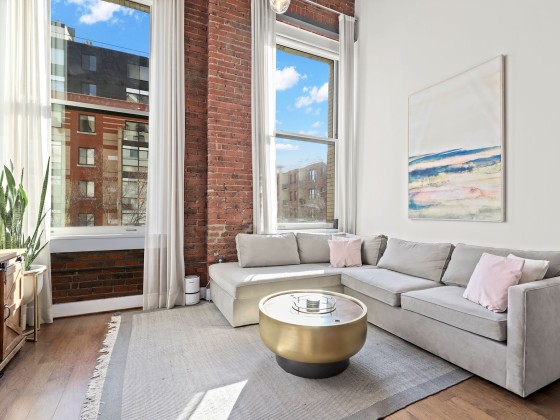
The differences between condo fees and co-op fees might seem small, but there are som... read »

The Wall Street Journal reported the news on Thursday afternoon.... read »

Architecture firm Torti Gallas has been picked to conduct a land use and market study... read »

The Washington Commanders and global architecture and design firm HKS have unveiled t... read »
- Best New Listings: Lofty In Penn Quarter; A Gurney In Chevy Chase
- What Are the Differences Between Condo Fees and Co-op Fees?
- Washington Commanders Owner Purchases Georgetown's Halcyon House For $28 Million
- A New Plan For The H Street Corridor
- A First Look At The Concept For Washington Commanders Stadium
DC Real Estate Guides
Short guides to navigating the DC-area real estate market
We've collected all our helpful guides for buying, selling and renting in and around Washington, DC in one place. Start browsing below!
First-Timer Primers
Intro guides for first-time home buyers
Unique Spaces
Awesome and unusual real estate from across the DC Metro

